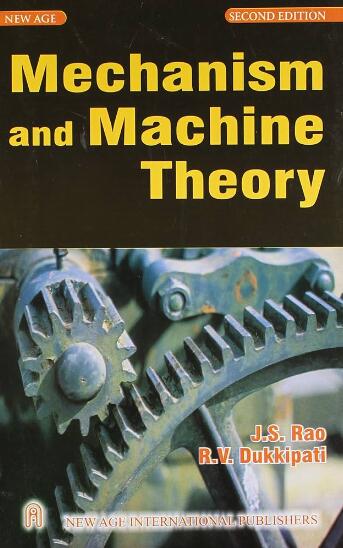A model to study the effect of micropitting on the dynamic behaviour of a geared system
IF 4.5
1区 工程技术
Q1 ENGINEERING, MECHANICAL
引用次数: 0
Abstract
Geared transmission systems operate under increasingly severe conditions that tend to promote micropitting on the gear flanks. Micropitting leads to an increased local coefficient of friction, in particular due to an increase in the average roughness of the damaged surfaces. Micropitting is hard to predict, but also hard to detect, since it mainly affects the contact conditions, which affect friction forces. On global signals such as input/output torque, these friction forces are one to two orders of magnitude lower than the normal forces and tend not to be detectable due to the noise in the experimental setup. This paper aims at studying the effect of micropitting on the vibrational levels of a geared system, by coupling the gear dynamics model developed by Osman and Velex with the roughness-dependent coefficient of friction formulation from Xu et al., and by representing micropitting by a local increase of the composite roughness. The simulations show that micropitting has a clear impact on the system dynamic behaviour, especially in the direction perpendicular to the plane of contact. Finally, it was shown that the bearing forces and the pinion acceleration are suitable candidates for micropitting detection, even with noisy signals.
研究微点蚀对齿轮传动系统动态特性影响的模型
齿轮传动系统在日益严峻的条件下运行,往往会促进齿轮侧面的微点蚀。微点蚀导致局部摩擦系数的增加,特别是由于损坏表面的平均粗糙度的增加。微点蚀很难预测,也很难检测到,因为它主要影响接触条件,而接触条件又影响摩擦力。在输入/输出扭矩等全局信号上,这些摩擦力比正常力低一到两个数量级,而且由于实验装置中的噪声,往往无法检测到。本文旨在研究微点蚀对齿轮系统振动水平的影响,方法是将Osman和Velex开发的齿轮动力学模型与Xu等人的摩擦粗糙度依赖系数公式相结合,并用复合粗糙度的局部增加来表示微点蚀。仿真结果表明,微点蚀对系统的动力学行为有明显的影响,特别是在垂直于接触面方向上。最后表明,即使在噪声信号下,轴承力和小齿轮加速度也是微点蚀检测的合适候选者。
本文章由计算机程序翻译,如有差异,请以英文原文为准。
求助全文
约1分钟内获得全文
求助全文
来源期刊

Mechanism and Machine Theory
工程技术-工程:机械
CiteScore
9.90
自引率
23.10%
发文量
450
审稿时长
20 days
期刊介绍:
Mechanism and Machine Theory provides a medium of communication between engineers and scientists engaged in research and development within the fields of knowledge embraced by IFToMM, the International Federation for the Promotion of Mechanism and Machine Science, therefore affiliated with IFToMM as its official research journal.
The main topics are:
Design Theory and Methodology;
Haptics and Human-Machine-Interfaces;
Robotics, Mechatronics and Micro-Machines;
Mechanisms, Mechanical Transmissions and Machines;
Kinematics, Dynamics, and Control of Mechanical Systems;
Applications to Bioengineering and Molecular Chemistry
 求助内容:
求助内容: 应助结果提醒方式:
应助结果提醒方式:


